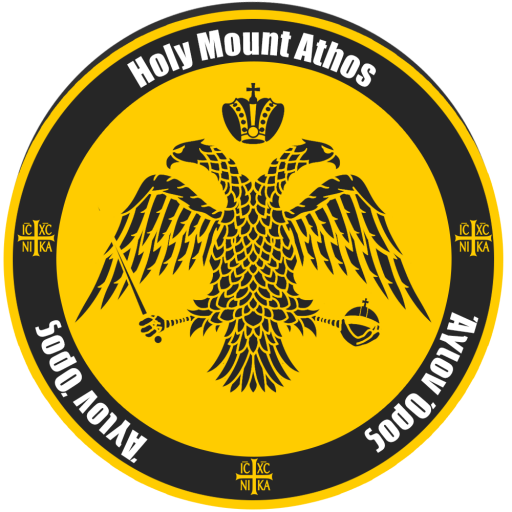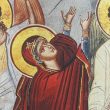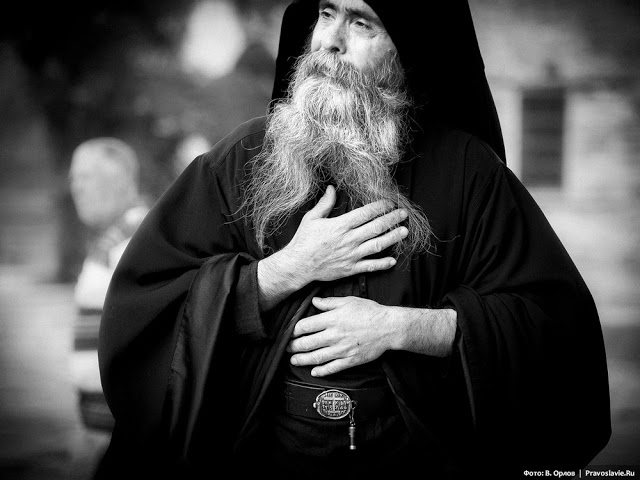Year after year, following the glorious feast of the Dormition of the Theotokos, on August 18th, our Church reminds us of the veneration of the Icon of the Mother of God “Pantanassa”. Far from us the thought of creating any kind of “ranking” among the Icons dedicated to the Mother of God, however, we dare to say that “Pantanassa” is the Icon that has perhaps listened to the most sorrows and witnessed the most sincere and grieving tears.
So many times, like a patient mother, she has heard the cries for help from many of us for the healing of our loved ones and has brought them before the Divine Throne, speaking good words for their fulfillment.
On this occasion, we thought it would be a good idea to gather some things about the Icon of “Pantanassa” of the Mother of God that many of us may not know, or at least have not had the opportunity to encounter in the numerous volumes and testimonies dedicated to her. Therefore, we invite you to read them in the following lines:
- The Icon of the Mother of God “Pantanassa” is known throughout the Orthodox world, especially for the miracles performed in the lives of those who suffer from cancer – the disease of our century. Its name comes from the Greek word “Παντάνασσα”, which translates to “Empress of All”. This appellation was not randomly chosen, but after decades of countless healings before this Icon, the tradition of Mount Athos and our Church chose to attribute this special quality to her – to grant healing, grace, and blessing to all who pray to her.
- “Pantanassa” is one of the seven miraculous Icons found at the Holy Monastery of Vatopedi, the monastic institution that houses the most miraculous Icons of the Mother of God on Mount Athos. For those of you who will have the great blessing of visiting, you should know that the Icon is preserved to this day in the proskynetarion on the left side of the main church of the monastery. The proskynetarion comes from the Greek term “proskynetarion” (προσκηνητάριον, τό) and refers to a small structure, typical of Athonite monasteries, where either an Icon or the Holy Cross is placed.
- The first evidence of the special grace of the Icon “Pantanassa” was the following incident: one day, a young man from Cyprus entered the church of the monastery to pray. As he approached the Icon, an unseen force suddenly threw him to the ground. After a few minutes of lying there, he managed to stand up on his own feet and confessed to the present fathers that until then, he did not believe in God, despised the Church’s servants, and was even involved in witchcraft. The young man then went back to his house, convinced of the power of God, and thus, the Fathers of Vatopedi realized that the Icon of the Mother of God before which they had sung so many Akathists during the Divine Liturgy can change lives and has the wonderful power to bring the lost back to the true faith.
- The Icon depicts the Mother of God seated on an imperial throne, holding the Infant Christ in her arms, while on either side and behind them are the two Archangels, Michael and Gabriel, with their hands raised in prayer. According to documents in the archive of the Holy Monastery of Vatopedi, the Icon of “Pantanassa” was painted around the 17th century and was brought by the brotherhood of Elder Joseph of Vatopedi when they all moved from Nea Skete to Vatopedi. In the year 2021, 100 years have passed since the birth of Elder Joseph of Vatopedi, and 12 years since his passing. Elder Joseph fell asleep in the Lord on his nameday, July 1, 2009.
- Many copies of the Icon of the Mother of God “Pantanassa” have reached the entire Orthodox world – Serbia, Bulgaria, Russia, and many other countries whose faithful have devotion to the Icons of the Mother of God from Mount Athos. During one of his visits to our country on the occasion of donating a copy of the Icon of the Mother of God “Pantanassa,” Archimandrite Ephraim of Vatopedi confessed: “We bring you a copy of a miraculous Icon, which is located in our monastery and is called Pantanassa (Empress of All); an Icon that performs many healings, and especially heals those who are sick with cancer. There are countless miracles happening before our eyes.” In our country, we can find several Icons of the Mother of God “Pantanassa” in the following places: at the Russian Church in Bucharest, at Oașa Monastery in Alba County, and at Șinca Nouă Monastery in Brașov County.
Source: http://blog.bizanticons.ro






